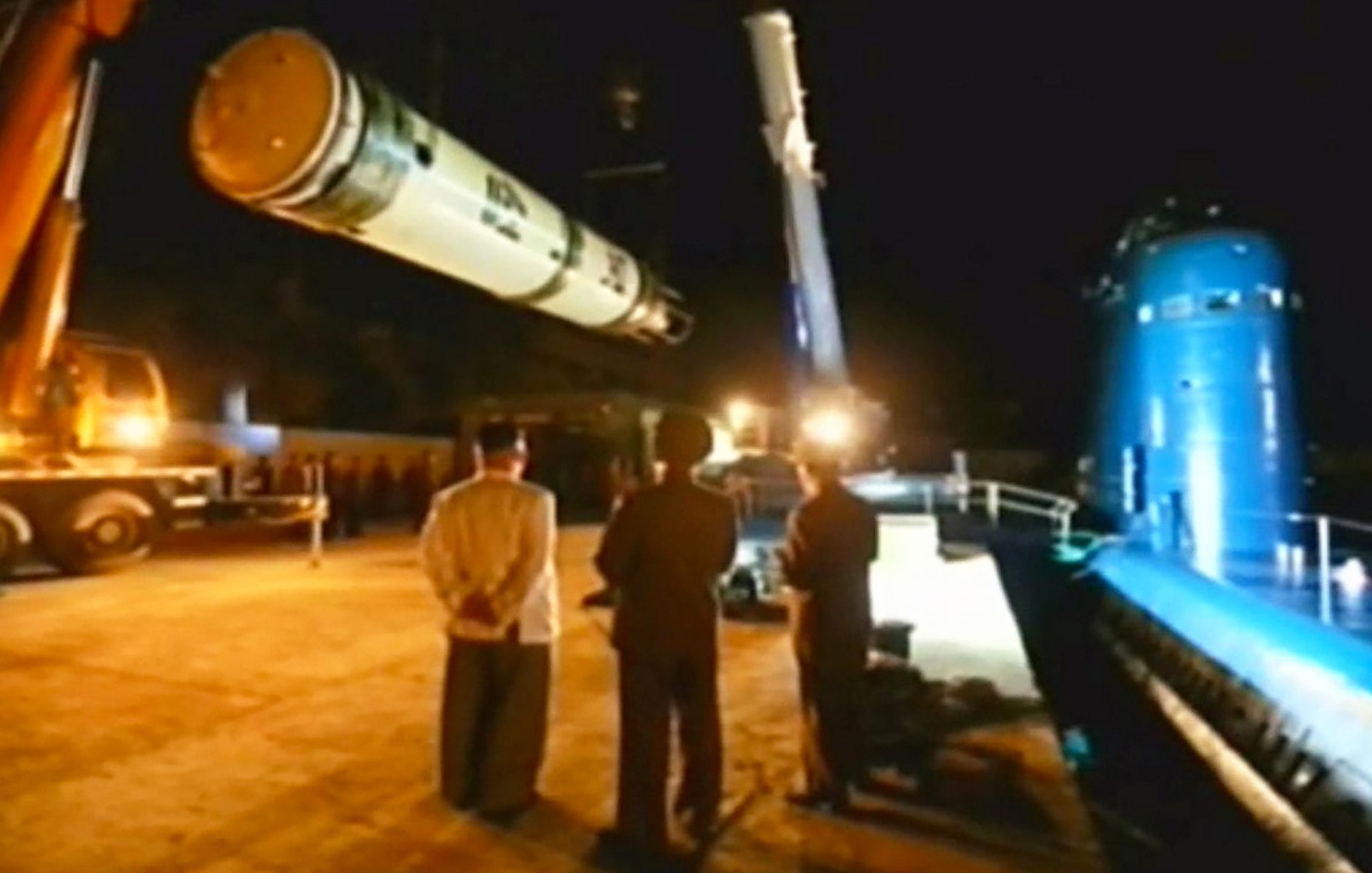North Korea executed another test of its KN-11 submarine-launched ballistic missile (SLBM) on August 24th, with the missile flying just over 300 miles before falling into the Sea of Japan. The launch was the most successful yet and was followed by some very interesting images of Kim Jong Un overseeing the whole affair, from the loading of the KN-11 into the vertical launch tube built within the sail of a Sinpo class submarine, to a staged celebration following the launch itself. It’s all just about as “Bond villian” as it gets.
The Sinpo class, of which North Korea only appears to have one, was long believed to have been designed with a ballistic missile vertical launch capability in mind, and these images prove that capability once and for all.
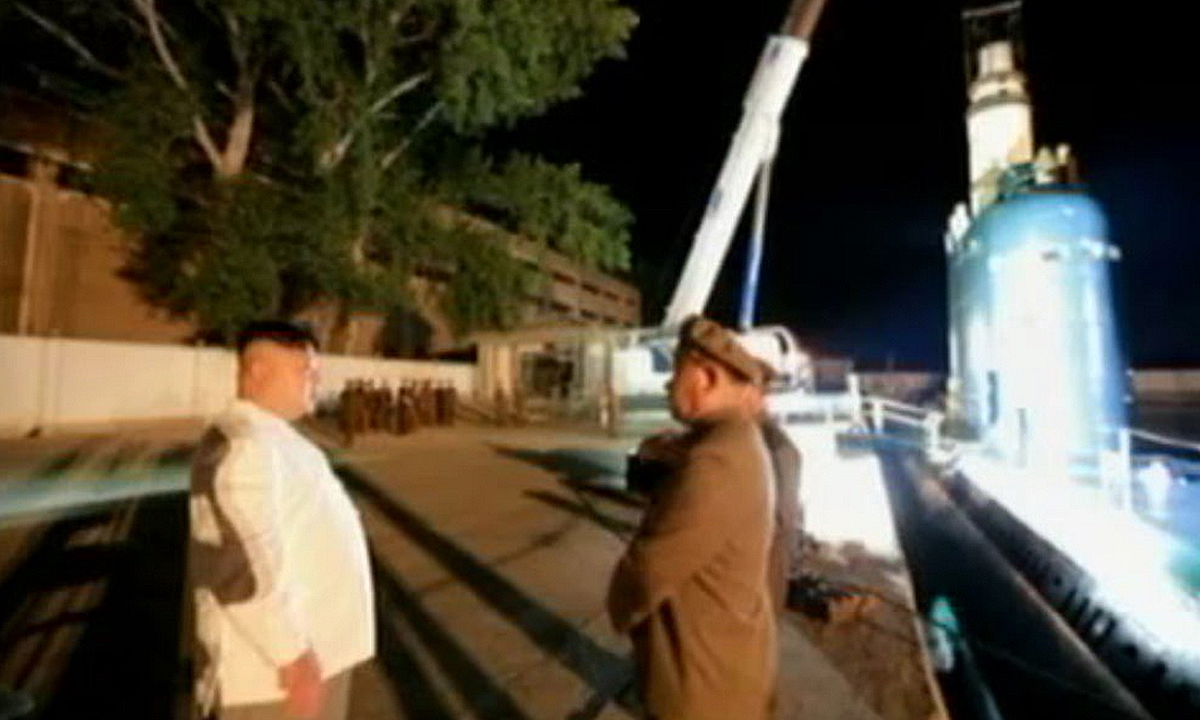
The KN-11’s 310-mile flight, which ended with the missile crashing into the Sea of Japan instead of exploding mid-course, as it had done before, was considered highly threatening by both South Korea and Japan.
The missile was fired on a nearly vertical ballistic trajectory, which trades altitude for down-range performance for testing purposes. If the KN-11 were fired on a more shallow angle, it could reach well over 1,000 miles (likely much further), putting U.S. bases as far away as Okinawa in North Korea’s crosshairs. Even Guam could be threatened by the KN-11 if the submarine were to successfully venture some distance from North Korea’s shores, and/or if the missile were developed further. The diesel-electric Sinpo class is thought to have a continuous subsurface range of around 600 miles.
South Korean President Park Geun-hye responded to the launch, stating that “North Korea’s nuclear and missile threats are not imaginary threats any longer, but they’re now becoming real threats . . . Those threats are coming closer each moment.” Meanwhile, Japanese Prime Minister Shinzo Abe described the launch an “impermissible and outrageous act.”
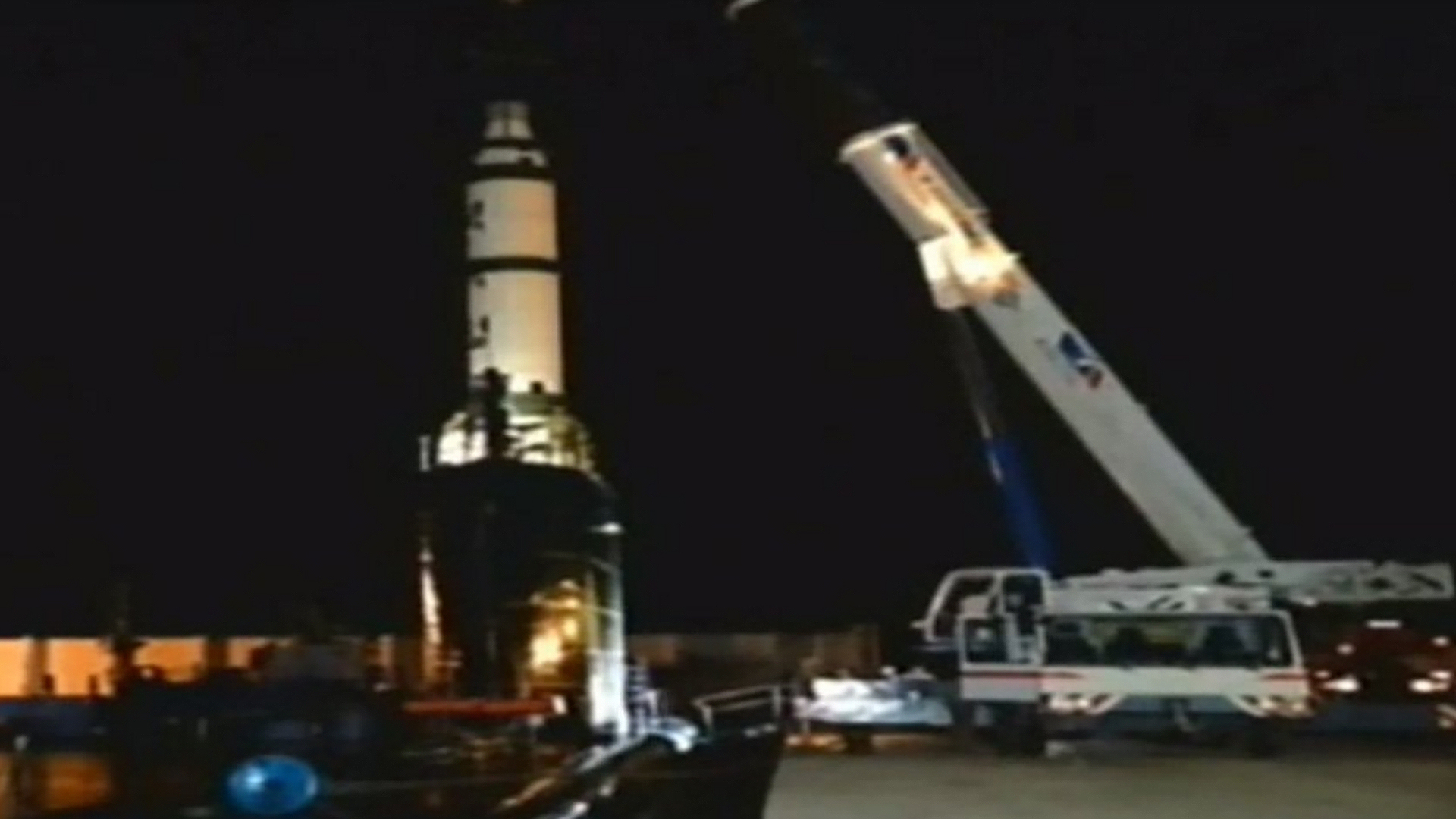
The nighttime test launch came as South Korea and the U.S. are conducting annual drills aimed to simulate the response to an attack and invasion by North Korea. Dubbed “Ulchi Freedom Guardian 2016,” over 80,000 troops are taking part in the readiness exercise. With its usual bluster, North Korea warned of a “preemptive nuclear strike” in response to the drills. Instead, they tested their most deadly and dynamic weapon system currently in development.
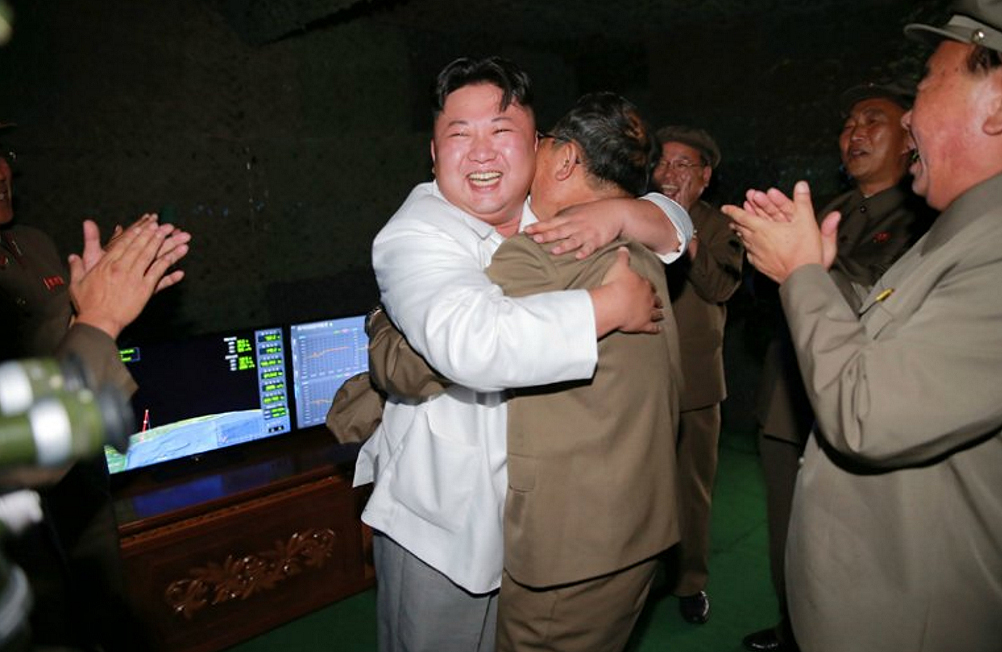
The fast pace of Pyongyang’s submarine-launched ballistic missile program, with its first successful cold launch test occurring just four months ago, stands to outpace the capabilities of the single Terminal High-Altitude Area Defense (THAAD) anti-ballistic missile system recently installed in the mountains of south-central South Korea. THAAD can only track and engage targets within about a 120-degree cone in the direction it faces. This puts the North Korean mainland, and their quickly-evolving ground-based ballistic missiles based there, in its crosshairs. But the fact that North Korea is gaining the capability to launch ballistic missiles hundreds of miles from their shores means that the country can execute attacks outside the detection-and-engagement envelope of the single THAAD system.
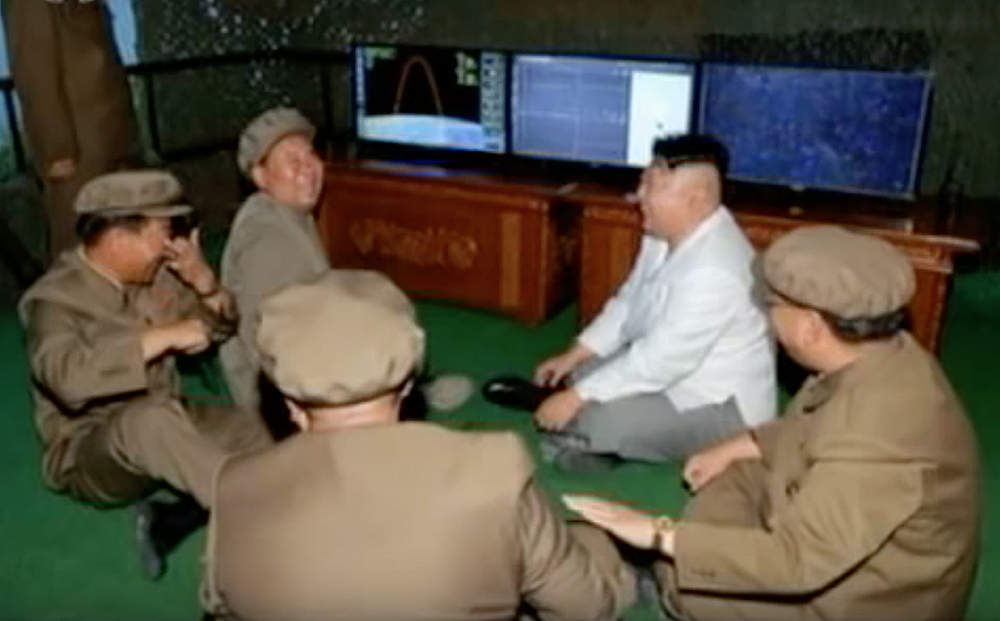
This reality has resulted in calls for a second THAAD battery to be installed in South Korea to theoretically increase the system’s coverage by another 120 degrees, or 240 degrees in total, although two systems’ conical engagement envelopes are likely to overlap to some degree, decreasing their combined azimuth slightly. Now the question is whether THAAD could intercept a medium-range ballistic missile fired at an extreme trajectory, like that of the KN-11 last week. That’s another issue entirely, as the system has not been tested against countering that profile of attack.
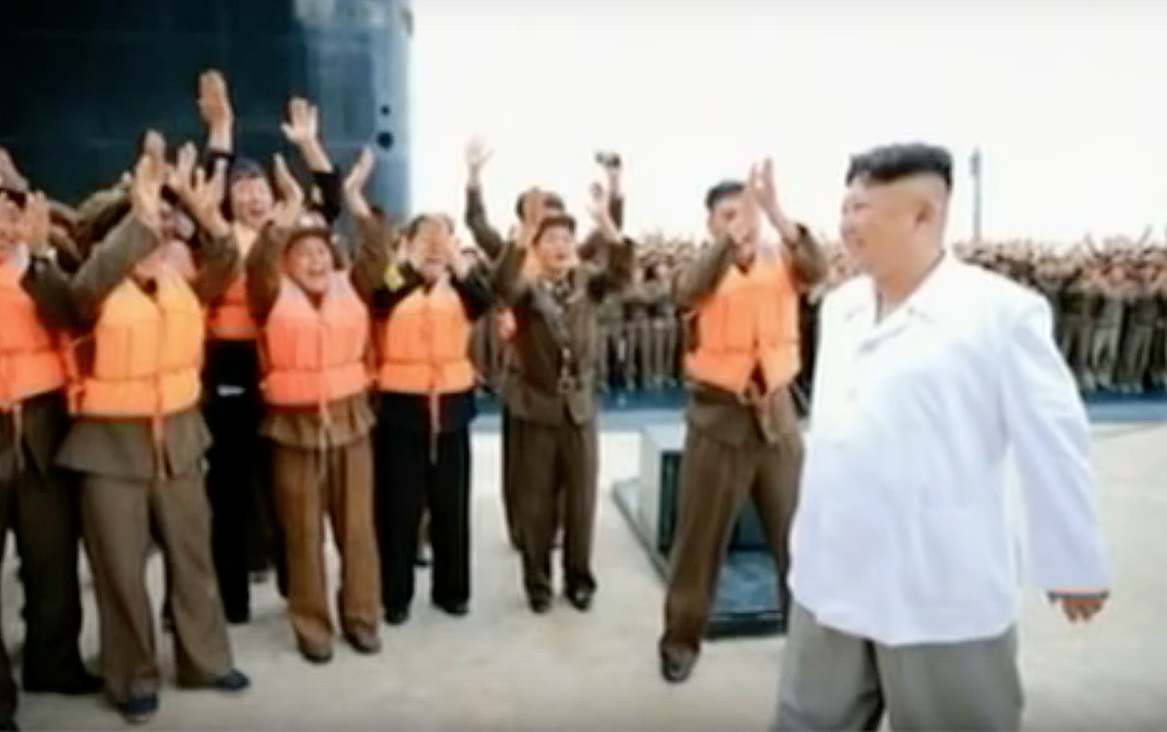
This latest test will only accelerate an emerging arms race in the region, and South Korea appears to already be planning for the possibility of a nuclear-armed future. Case in point: South Korea’s new class of submarines appears to also feature vertical launch tubes to accommodate ballistic missiles. This capability could provide South Korea with a potent and credible second-strike capability, the ultimate nuclear deterrent.
Although the geopolitical ramifications of a nuclearized South Korea could be severe, Seoul could find such a strategy necessary once North Korea has a proven a second strike deterrent of its own. Not to mention it would be an attempt to counter-balance against North Korea’s dozens of miniaturized nuclear warheads it will one day be able to rain down onto South Korea on short notice.

